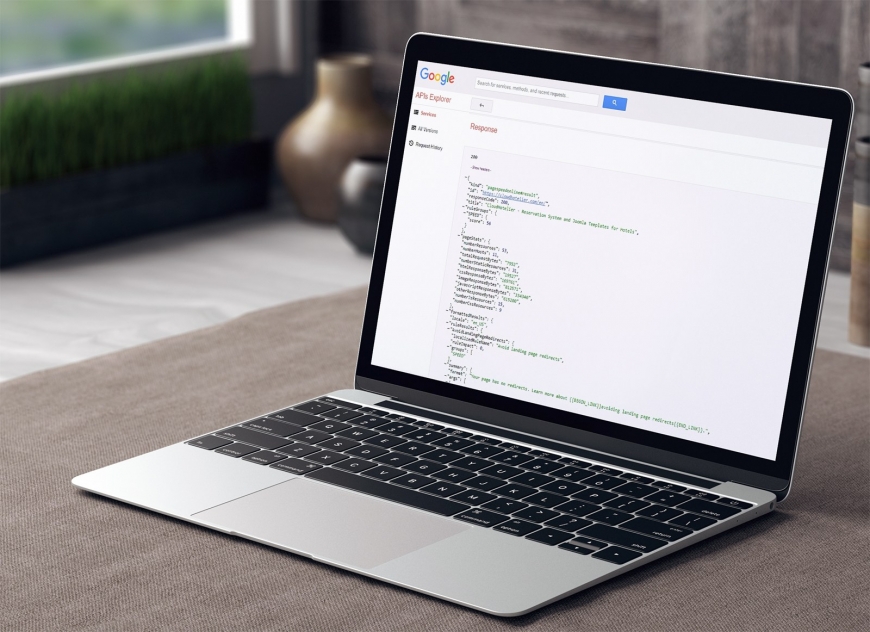Google PageSpeed is a Google tool that monitors the loading speed of a website and helps optimise it to be more mobile-friendly. But do we really need it?
The first step in using Google PageSpeed correctly is not to become obsessed with negative results. We have already told you that Google's penalties on websites are not always relevant for a hotel website as it does not take into account your needs.
Balance between speed and design
Hotel websites load a lot of photos with several JavaScript files for the booking engine to work. The "bugs" that appear when using the PageSpeed tool are absolutely minor. Even if Google lowers the score for photo content, the photos are not relevant enough to affect the loading speed.
This happens when Google considers that there is a 500K photo that could be displayed with 499K, and penalises the user several points for each image. This penalty is only due to a few bits that represent less than 1% of the total web load.
Trying to improve the score
Through various tests we have found that the only way to get a score above 70 is to make an absolutely minimalist website, with hardly any images. But to make the website responsive we cannot afford the luxury of using photographs because the images do not have a predefined size and sometimes they are larger than the container that displays them, which brings us another penalty by Google.
The most important thing for a hotel website is to keep updates up to date, have an effective and stylish design, and a booking engine that works properly. We can work on load optimisation by taking Google PageSpeed into account, but without losing sight of the fact that not all the changes it proposes are good for direct hotel bookings. Because, if we have to eliminate or lower the quality of the photographs, eliminate the booking engine and limit the use of fonts, what are we left with on the website?



